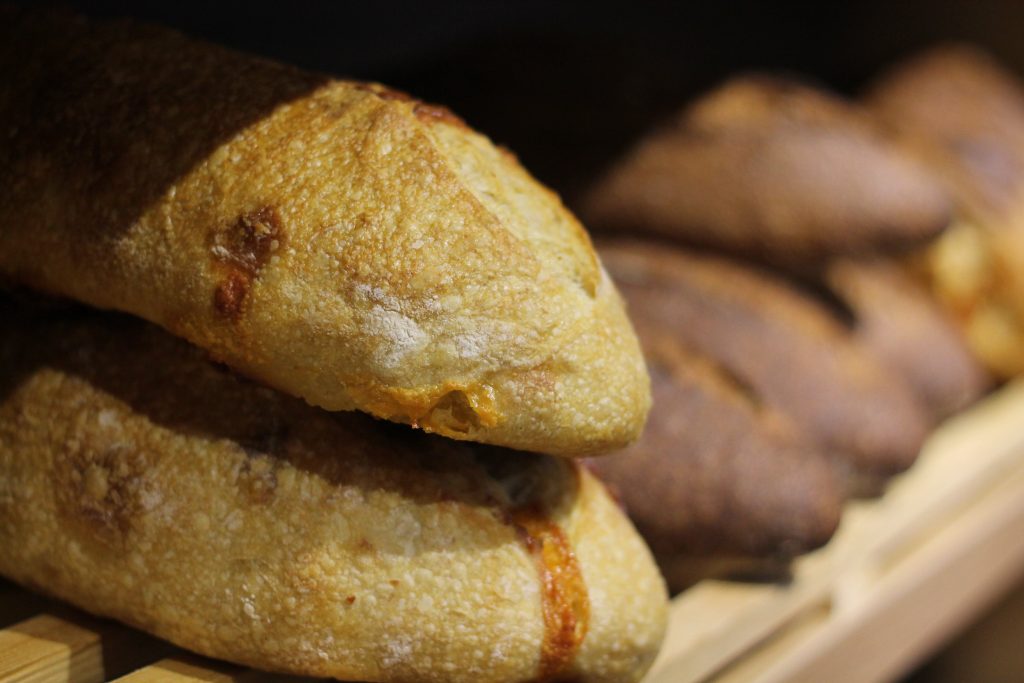Baking Soda for Gray Hair: Does This Clever Trick Actually Work?
If you’ve noticed more grays popping up lately, you’re not alone. An estimated 50% of the population has about 50% gray hair by the time they turn 50 years old.
While some choose to embrace their silver strands, others seek ways to blend or conceal grays at home through clever fixes like using baking soda.
This kitchen staple has gained attention for temporarily darkening gray hair between salon visits thanks to interactions between its alkaline composition and hair protein structure.
But does this simple, affordable method actually work? Can baking truly keep grays undercover longer? Let’s uncover the truth behind using this pantry product for toning down stubborn salt and pepper locks.

How Does Baking Soda Target Gray Hair?

To understand how and why baking soda can stain gray hair, you first need to understand what makes hair turn gray.
As we age, hair follicles begin losing their ability to produce melanin – the pigment responsible for our natural hair color. With less melanin loading into new strands growing in, they adopt a translucent grayish tone.
Meanwhile, baking soda contains high levels of alkaline. When applied to grays, this interacts with specialized sulfur bonds in hair proteins. Alkaline breaks sulfur bonds down, releasing darker underlying pigments.
Essentially, baking soda reveals brunette pigment still buried within gray strands. This darkening effect lasts until hair gets washed again removing the alkaline bake soda residue.
Now that we know why and how baking soda can temporarily “color” gray hair, let’s go through the simple application process step-by-step.
How to Use Baking Soda on Gray Hair

With only three ingredients on hand, you can easily whip up a baking soda hair stain solution:
What You’ll Need:
- Baking soda
- Water
- Empty spray bottle
Mixing the Solution:
- Add 1 teaspoon baking soda to 1 cup warm water
- Shake vigorously until fully dissolved
- Pour mixture into a clean spray bottle
Be sure baking soda dissolves fully so it distributes evenly onto hair for the most natural results.

Application Tips:
- Start with freshly washed, fully dried hair
- Section hair cleanly and mist the solution evenly onto grays
- Let sit 10 minutes then rinse thoroughly
- Style as desired
The baking soda solution continues developing more gray coverage over the next 24 hours. Just be sure to fully shampoo it out next wash to avoid dull buildup.
And remember – less is more with this method. Repeat applications can cause dryness or yellow brassiness if overdone.
Now that you know how to apply it, what level of gray coverage and longevity can you realistically expect from regular baking soda treatments?

What Results Can You Expect from Baking Soda?
If you’re hoping for a complete gray concealer equivalent to salon hair color, baking soda most likely won’t fully deliver.
However, many users report decent subtle darkening helping tone down the appearance of gray growth between dye jobs. The effect can mimic a root shadow or temporary gloss.
Most users see baking soda’s gray coverage lasting around 3-7 days before fading. But even then, applying another treatment can revive the tone.
Additionally, some notice cumulative color depth after consistent applications which extends longevity slightly.
Overall, baking soda works best for blending in smaller amounts of scattered grays rather than completely reversing significant salt and pepper discoloration. Concentrated silver patches prove harder to cover fully.
Now that you know what baking soda can and can’t do for stubborn grays, let’s cover some quick tips to get the best results from your treatments.
Tips for Maximizing Baking Soda’s Gray Coverage
Here’s some pointers for squeezing every last bit of toning power out of baking soda:
- Clarify hair 24-48 hours before applying to remove lingering residue
- Process on dry hair so baking soda adheres best
- Prevent direct root contact to avoid irritation
- Mix fresh solution each use for potency
- Brush thoroughly before rinsing for deep distribution
- Follow with an ultra-hydrating conditioner
- Boost gloss with cool water final rinse
- Repeat when fading appears around day 5
While baking soda alone won’t fully match salon color, it can help refresh dyed hair suffering demi-permanent fadedness between appointments.
The bottom line? Consistent applications maximize subtle blending to stretch out grays between chemical treatments.
Conclusion – To Soda or Not to Soda for Grays?
Relying solely on baking soda likely won’t score anyone dramatic long-term gray coverage. However, its temporary toning and subtle darkening can refresh dying color or stylishly transition discoloration.
So don’t expect miracles – but as an occasional filler baked-in by your pantry? Soda’s got grays covered!
